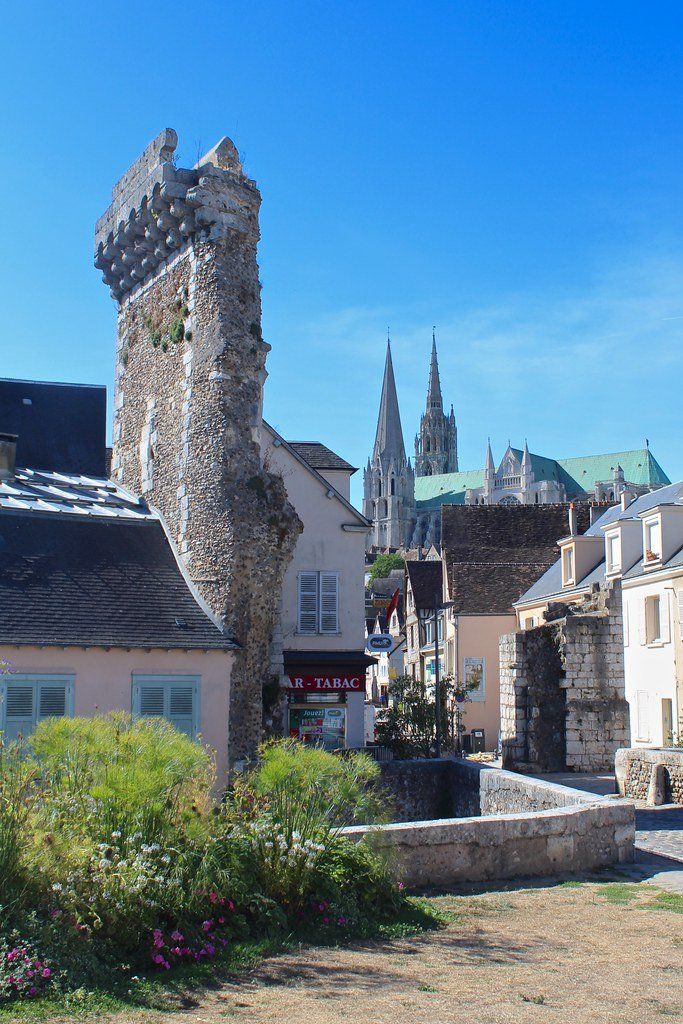Our historic district
The lower town, on the banks of the Eure
The configuration of this district dates from the Middle Ages. Various trades were represented there and have today given their names to the streets of the lower town. For example, rue du massacre, located near the Saint-André collegiate church, owes its name to a former slaughterhouse.
If you continue on the banks of the Eure, you find rue de la Foulerie. This name echoes the wool trades present in this part of the city. The fullers took care of the last phase of preparing the fabrics and cleaning them. Other professions worked in this district like the dyers. Finally, you could also find the leather trades: tanners and tanners, rue de la Corroierie and the tanners rue de la Tannerie.
Each of these activities had its corporation. The lower town lived constantly in full effervescence. When you walk today along the bridges and washhouses on the banks of the Eure, try to immerse yourself in this era and imagine yourself surrounded by the noises and dialogues of the inhabitants of the place!
Built between the 12th and 15th centuries, in the Middle Ages, Porte Guillaume was the main entrance into Chartres for travelers arriving from Paris or Orléans.
Its construction was a tribute to Guillaume de Ferrières, Vidame of Chartres and Lord of La Ferté-Arnault (now called La Ferté-Vidame).
A chapel was on the first floor of the gate, the Chartres could access it via a flight of steps, overlooking a rampart.
Following the French Revolution, after Chartres Cathedral, Porte Guillaume was one of the main remains of Chartres still standing. It was decided not to touch it.
Unusual fact: its name was changed to Porte Guillaume Tell because names evoking the old regime were prohibited.
Victim of the ravages of time, it witnessed fires and wars from the 16th century. Which earned him to be restored many times.
Indeed, the site was notably partially destroyed during a fire in 1856 which broke out in a part used as an attic (rented to traders).
Moreover, before the war of 1914-1918, it had the function of popular library.
Today, walking through the streets of Chartres, you can only observe ruins of its past grandeur: a piece of wall and a section of crenellated tower. Why ? On the night of August 15 to 16, 1944, the Porte Guillaume was destroyed by the Germans then in full debacle in the city of Chartres.
The explosion almost completely devastated the building. It was not the only heritage to have suffered damage during this period since the Fontaine bridge was also destroyed, for example.









